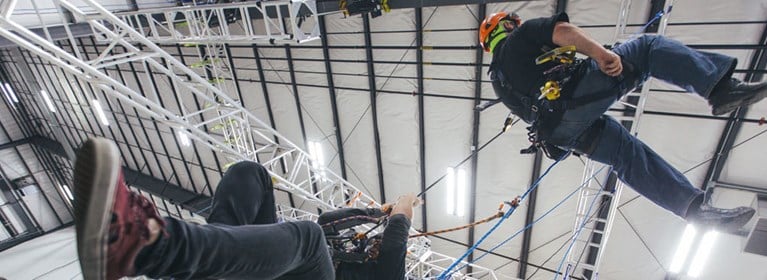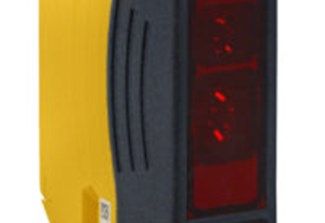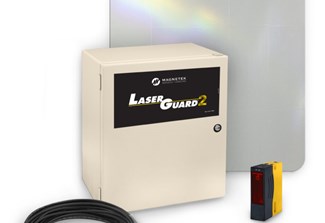How Crane Collision Avoidance Systems Help Prevent Accidents and Reduce Maintenance Costs
Crane Systems |
By Christie Lagowski |
Jul 14, 2016
I sat down with subject matter expert and Magnetek controls product manager, Casey Cummins, to discuss the benefits and features of crane collision avoidance systems.
Q: What is a crane collision avoidance system?
Casey: Collision avoidance systems are electronic devices that can be installed on your crane to help prevent accidents before they happen, protecting people, the facility, the end product and the crane itself. Collision avoidance systems are typically used in overhead material handling applications where multiple cranes are employed on a single runway, as well as where a single crane is in use. They are designed to prevent crane-to-crane and crane-to-end stop collisions, increasing operator safety and reducing system maintenance.
Q: Is the demand for collision avoidance systems growing?
Casey: Collision avoidance systems are increasingly being added to material handling systems as the demand for products that improve workplace safety grows. Collision avoidance systems intervene, when necessary, to prevent accidents, and are a reliable means of preventing human error, helping to make the workplace safer and reducing maintenance costs.
Q: Are there specific standards that require this type of system?
Casey: Collision avoidance systems are designed to prevent unintentional contact between cranes or other equipment. Although there are no specific requirements in today’s general duty crane standards to provide collision avoidance, CMAA states that all collision avoidance requirements shall be specified by the owner or purchaser of the crane. End-of-travel collision avoidance should be designed to prevent unintentional contact of the crane or trolley with mechanical end stops or other equipment. Collision avoidance should reduce speed and/or stop the travel motion prior to impact.
Q: What type of collision avoidance systems does Magnetek offer?
Casey: Magnetek offers three collision avoidance systems which can be applied to all types of overhead cranes or monorails with adjustable frequency drives, soft starters or contactor controls. Multiple configurations are available so customers can choose the exact functionality, size and style to fit their application needs. All Magnetek’s collision avoidance systems are rated IP65 or better for indoor or outdoor applications. The collision avoidance systems are “fail-safe,” which means that if the sensor loses power, motion of the crane would be stopped and restricted.
Q: What type of sensor technology do your collision avoidance systems use?
Casey: Magnetek’s ReFlx 45 product uses a modulated visible LED light signal, while the ReFlx 120 product uses an infrared light signal. These light signals are transmitted at a reflective target and a receiver senses the reflected signal from that target. The information is then processed and the appropriate relay will open, providing for slow down or stoppage of motion. Depending on the device selected, ReFlx has a detection range between 3 and 120 feet.
Magnetek’s LaserGuard2 collision avoidance product is the most technologically advanced system available, using self-monitoring optical lasers to check a crane’s position. Its multi-distance detection feature is flexible enough to manage crane-to-crane and wall-to-crane operations. The configurable set-point range of this laser-based system (from 8 inches to 150 feet) provides the ability to monitor distances between cranes, trolleys and monorail carriers, and prevent collision between this equipment. Laser-based systems offer the most precise positioning and are particularly useful in an automated environment.
Q: What trends in the market do you see?
Casey: The industry is moving toward remote diagnostics and monitoring, which will allow crane operators to monitor the crane on their mobile phone or tablet from the ground or anywhere in the world. Magnetek offers remote diagnostics with its engineered solutions.
North America - EN










